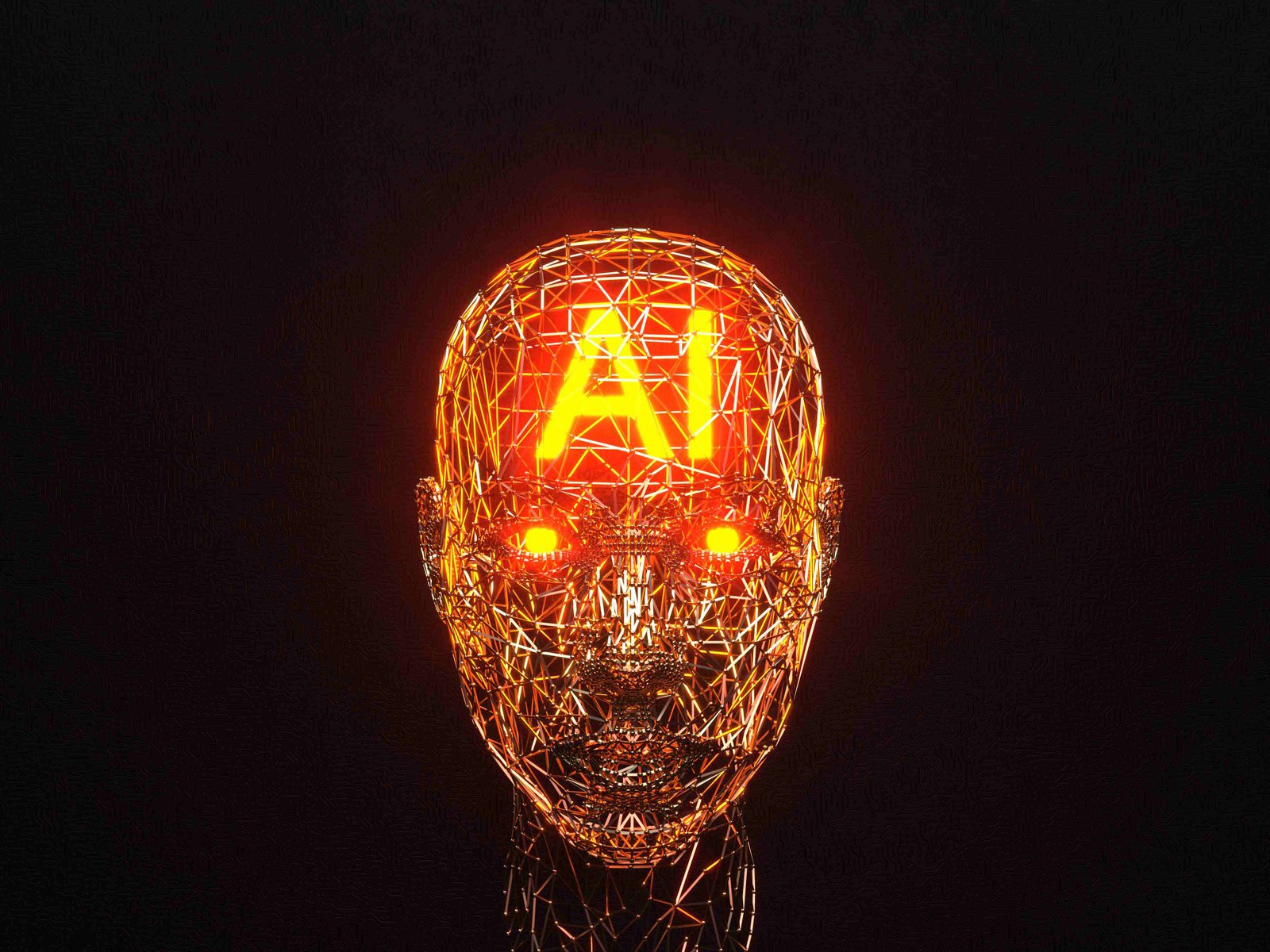Top 10 Limitations of AI & Why It Won't Quite Take Over In September 2024

The conversation around artificial intelligence (AI) constantly exists as it develops at an amazing speed and could replace human roles. Though AI technologies have amazing power, there are still major constraints that keep them from completely ruling in many different fields. The top 10 constraints of artificial intelligence that will probably guarantee it does not exceed human intelligence or capacity by September 2024 are closely examined in this paper.
1. Lack of Human Emotion
Essential in building trust and rapport in personal relationships, artificial intelligence systems essentially lack the capacity for real emotions. Human-centric disciplines such education, counseling, and healthcare still depend critically on emotional intelligence. For example, whilst artificial intelligence can be taught to recognize emotions based on data analysis, it cannot interact personally with people or grasp the nuances of emotions. AI may be less successful in professions where empathy and understanding are crucial because of this emotional distance.
2. Contextual Understanding
3. Creativity Constraints
AI lacks the unique creative idea resulting from personal experience and emotional depth even if it can create language, art, and music based on existing facts. A clearly human quality is true creativity that which is marked by invention and the capacity to generate original ideas. AI can certainly aid in creative processes by offering suggestions or mimicking styles, but genuine artistic expression involves a human touch that AI cannot replicate. Thus, sectors dependent on creativity, such as marketing, design, and the arts, will see AI as a tool rather than a replacement.
4. Dependence on Data
The quality and volume of data given to AI systems determine them greatly. Inaccurate or biased outcomes from poorly built datasets could cause possibly dangerous actions. Critical applications like healthcare and autonomous driving, where even small mistakes can have major effects, highlight this problem especially. Furthermore underlining the need of human supervision and involvement is the fact that data shortage in some sectors can limit the efficacy of artificial intelligence.
5. Ethical Concerns
As artificial intelligence technology permeates daily life, ethical questions about its application are starting to take front stage. Among the ethical difficulties include privacy issues, security threats, and possible biases in the procedures of decision-making. Furthermore important is the issue of responsibility when artificial intelligence decides; society would be reluctant to welcome AI solutions without more definite policies on how moral conundrums are resolved. This wary attitude will restrict the general acceptance of artificial intelligence.
6. Generalization Challenges
While AI excels in narrow tasks, challenges arise when attempts are made to generalize its capabilities across different or unexpected scenarios. Unlike humans, who can adapt to new environments and learn from diverse experiences, AI often struggles to apply its programming beyond the confines of its training. This limitation significantly curtails its practical applications, especially in dynamic industries where change is rapid and unpredictable.
7. Regulatory Hurdles
The fast development of artificial intelligence technologies has led requests for more rules to guarantee moral and safe application. Governments and regulatory agencies are still figuring out how best to control artificial intelligence, which results in a patchwork of rules varying by geography. The difficulty in creating such rules might cause delays in AI integration, so businesses find it more difficult to embrace new technologies without clear direction.
8. Interpretation of Nuance
AI systems face substantial hurdles when it comes to interpreting nuanced language or rhetorical devices, such as sarcasm and irony. This limitation can diminish AI's effectiveness in effective communication because it lacks the contextual understanding often required for nuanced discussions. For instance, responses generated by AI may fail to consider the subtleties of humor or colloquial expressions, essential elements in creating playful or relatable communication.
9. Learning Limitations
The learning process for AI typically requires large datasets and considerable computational resources. Comparatively, humans can quickly learn and adapt to new concepts based on minimal examples or experiences. This disparity hinders AI's ability to function effectively in environments where rapid learning and flexibility are required. Consequently, in dynamic industries that rely on quick pivots or innovative thinking, AI's slower learning curve can be a significant disadvantage.
10. Job Replacement Concerns
The potential for AI to automate jobs raises genuine concerns regarding job displacement across various industries. While AI can increase efficiency and reduce costs, the apprehension surrounding unemployment can result in societal resistance to AI implementation. Many sectors rely on human labor, and the fear of widespread job loss can stymie the integration of AI technologies into traditional workspaces, leaving workers and organization's alike seeking a balance that leverages AI’s benefits while preserving human roles.
conclusion
While AI continues to advance rapidly, these ten limitations illustrate why it is unlikely to replicate or replace human capabilities by September 2024. The inherent strengths of human emotional understanding, creativity, and adaptability will ensure that AI remains a tool designed to complement rather than supplant the human experience in the near future. Understanding these limitations is crucial for guiding the responsible and ethical development of AI technologies moving forward.
